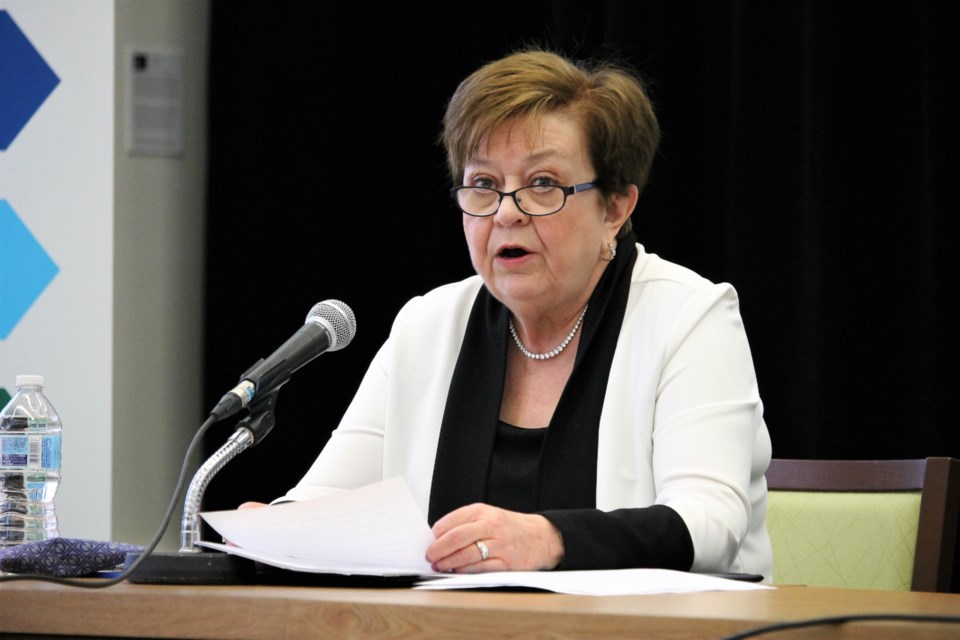The budget handed down by the provincial government on March 23 was far from a boom time fiscal plan, but it was nowhere near as tough as it could have been after two years of the COVID-19 pandemic.
And for that, we can thank non-renewable resources.
Yes, the budget still has a nine-figure deficit, but it’s a far cry from the multi-billion dollar shortfall that we saw last year. The debt is still climbing. And we’re scheduled to see deficit budgets until 2026-27.
But still, after two years of dealing with massive deficits, the $463-million deficit this year doesn’t seem as bad.
While the government is expecting $2.9 billion in revenues from non-renewable resources, with an average price of US$75.75 per barrel of oil (West Texas Intermediate), you have to wonder if maybe the oil revenues have been underestimated. After all, the price of oil has been hovering above $100 per barrel in recent weeks.
If the price of oil remains well above US$75.75 per barrel, then it might be wise for the government to put some of the excess oil revenues into a rainy day fund in case the province suddenly finds itself emerging from the deficit.
With the price of oil being so high right now, it’s another reminder of this vital resource to our province’s economy. We might not be happy when the price at the pump starts to climb, but a high price of oil is good for the economy.
(We should not be giddy about high oil prices when you consider how closely they are tied to Russia’s invasion of Ukraine).
There are tax increases in the budget, but maybe not as many as there would have been if not for higher resource revenues. Few will complain about higher taxes for cigarettes, other than smokers.
The increase for the education portion of property tax is frustrating, especially for local ratepayers after Estevan city council said there wouldn’t be a hike in the municipal share of property tax. If you are upset about your tax bill this year, please take it up with the provincial government rather than the city.
It is frustrating to see the government will add the PST to several different categories where the GST is already applied, such as sporting events, concerts, movie theatres, gym fees, golf course green fees, museums, fairs and more, starting Oct. 1. Yes, a lot of these could be best described as luxuries, but these are also activities that provide us with distractions, and are needed as we emerge from the pandemic.
And many of these organizations and businesses have taken a hard hit during the past two years. They don’t need another deterrent for the public to enjoy them.
It’s definitely the wrong time to apply the PST on these services.
Sure, there’s always things we’d like to see. Obviously, we want to see more support for the new regional nursing home in Estevan. Yes, there’s money, but additional funding would have been nice. Planning and a needs assessment don`t carry the same level of excitement as last year.
And we know that the people in Carlyle were hoping to see support for a new school.
It’s also interesting to note that there is funding earmarked for twinning a portion of Highway 39 east of Weyburn and Highway 6 south of Regina. But before we get too excited, we have to remember that the province announced twinning those two portions of highway in 2018, as well as the stretch from Milestone to Corrine.
When they announce twinning of another area, such as say around Midale or Yellow Grass, then our excitement should grow.
There’s the usual assortment of spending for all sorts of government programs, although those in healthcare, education and agriculture will always want more, and we’ll always wonder why certain highways won’t be resurfaced.
But still, it’s a budget that didn’t have rampant tax increases or spending cuts. It wasn’t the 2017-18 mess.
And for that, we should be pleased, and thankful that we`re blessed with our natural resources.





